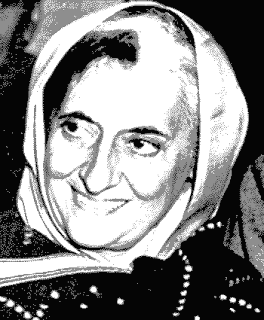-1891-1-s.jpg)
Swami Vivekananda was born to Vishwanath Dutta, an attorney and Bhuvaneshwari Devi who was a pious lady. He was born of his mother's prayers to Lord Shiva, Vireshwara of Varanasi who appeared in her dream and promised her of begetting Himself as her son. Thus was Swami Vivekananda born and named Narendranath Dutta, but addressed fondly as Bileh. Bileh grew up with the rationalistic views of his father and the piety of his mother. Though Bileh was subject to naughtiness, He exhibited spiritual traits of worshipping and meditating on the images of Gods in his childhood. He was an amalgam of courage and sympathy with an interest in wandering monks.
Narendra, first began his education at home and was later admitted in the 'Metropolitan Institution of Ishwar Chandra Vidyasagar' in 1871. He was well versed in all the subjects. He showed great interest in the Vedas, Upanishads, Bhagavad Gita etc which related to the subjective reality There was a proficient classical musician in Him and was also a great athlete. Narendra was an undisputed leader amongst his colleagues and the favourite of His professors at college. Thus contrasting, yet well balanced qualities of both head and heart presented Narendra as an imposing and versatile personality.
Narendra during His college days engaged in conversations on various topics. He studied the Western thought which ingrained in him the quality of critical enquiry and analysis. Thus His inborn spiritual characteristics and his rational outlook were at war. He turned towards the Brahmo Samaj which rejected idol worship and formulated the formless worship of God. However it failed to convince Narendra which fuelled His spiritual hunger.
Narendra learned about Sri Ramakrishna Paramahamsa through his Professor, William Hastie. The historic meeting took place in 1881. To His ever haunting doubt of the existence of God, Sri Ramakrishna bestowed on Him the direct experience of God.
The final days of the Master saw the final training of the pupil, bringing all His disciples under the leadership of Narendra. He then transmitted his powers to Narendra and shed His body in 1886.
After the passing away of His master the young disciples gathered for spiritual practices in an old dilapidated house of Baranagore where the foundation of the Ramakrishna Brotherhood was laid and where the disciples embraced Sanyas.
Swami Vivekananda's participation in 'The Parliament of World Religions' in Chicago attracted worldwide acclamation where He represented India and Hinduism speaking on the Advaitic principle of universality, emphasizing tolerance. Soon the Swami was invited for many inspiring lectures in different parts of America where He stayed for 2 years. He also travelled to England twice.
On returning to India Swami Vivekananda founded the Ramakrishna Math for the propagation of religion and Ramakrishna Mission for social service. He founded the Belur Math, Advaita Ashrama at Mayavati on the Himalayas and another in Chennai. He also made a second visit to the West.
Swami Vivekananda's hectic schedule played havoc on His health. He suffered from asthma and diabetes and other ailments. He spent His last days in the Belur Math. He shed His body while meditating on July 4th 1902. A temple was later erected on the spot chosen by Him in the Belur Math where He was cremated.






